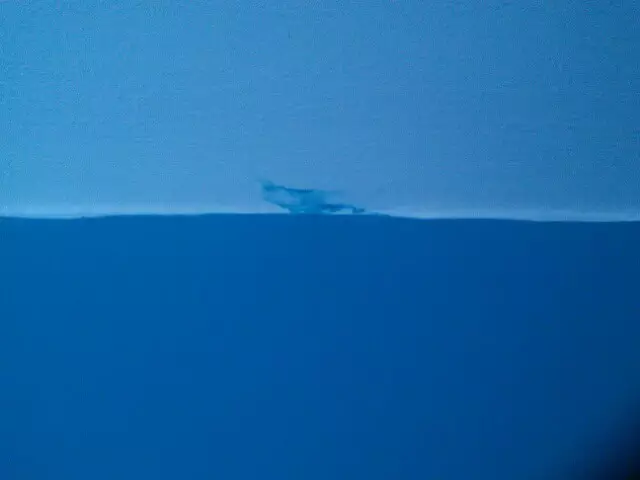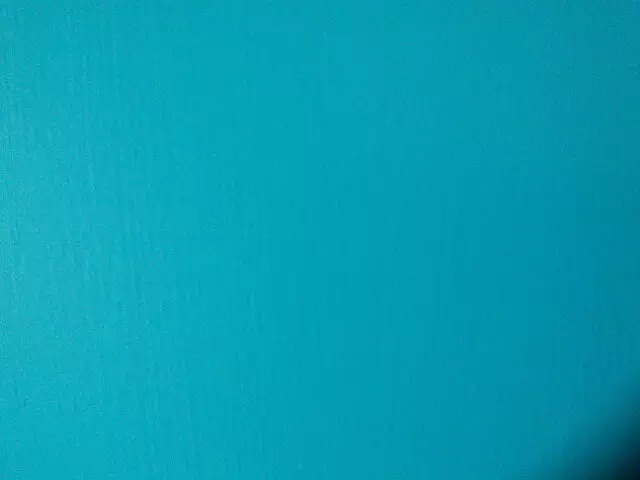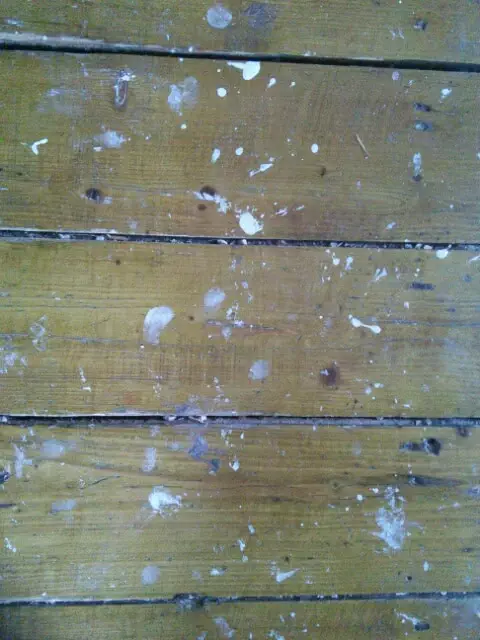
I’ve spent a lot of time this week watching paint dry. This is not necessarily the same as having watched a lot of drying paint; quantity does not equal quality for the discerning dryster.
The designated site of home decoration was the smallest room in the house. Specifically, my task was to paint the window and door areas white, and the other two larger walls “Neptune”, a suitably bathroomy colour.
The white walls took twenty to twenty-five minutes each per coat, or say an hour for the pair when you factor in the fiddly bits around the sink. The larger walls take an hour also to complete a single sweep of the paint pad. One coat needs a minimum four hours to dry. Each wall requires four applications to provide even and consistent coverage. Therefore, a rough estimation of the time spent emulsioning as against time enjoyed observing its evaporation was about eight hours to thirty-two, or one hours work for four of righteous idling.
Not a bad coefficient of contemplation.
Obviously the woodwork had to be painted; also white. But who in their right mind watches gloss dry? Glossing is not included in my calculations.
Watching paint dry is a very individual experience, almost an art, and it’s something you have to get a feel for yourself. It wouldn’t be right for me to lay the law down. My way works for me, it may not be right for anyone else. But I can pass on a few tips from an old paint watching pro to help novice emulsioneers avoid some of the obvious pitfalls.
Firstly, choice of paint. Never, ever, under any circumstances, be gulled into buying anything with the words “One Coat” in the advertising material. Even if it worked, “one coat” is precisely the thing to avoid – the more applications you can wring out of a tin the more drying paint you’ll have to keep an eye on. Like “Quick Drying” one coat is designed by the devil to make you work longer, harder and faster than is absolutely essential. And of course it does not work. “One Coat” leaves the fool who fell for it feeling incompetent, inadequate and inferior to his decorating compadres whom he assumes have all managed to actually cover a wall satisfactorily with a single sweep of the loaded roller. Men never talk about this. It’s time we opened up about our One Coat dysfunctions. There’s no shame in admitting it happens to all of us.
Secondly, colour. White is best for many reasons; the main one being that you can’t even pretend you’ve finished until at least the fifth coat. Colours to avoid are yellow – fine for finger painting and potato prints, but have you ever stopped to wonder why the bargain bin at B&Q is always full of “Marigold” and “Sunnyside Up”? – and red. Reds tend to sear the back of the eye like a cheap burger on a skillet. These shades are not conducive. Try a nice blue or green. Try “Neptune”, which some see as blue and some (odd people) say is green.

(This is genuinely the same colour.)

Thirdly, equipment. I like to keep it minimal. Personally I just don’t get the same feeling with a dust sheet, so I prefer to paint “bareback”, so to speak. I don’t mind the little accidents, in fact I think they rather add to the individuality of the finished job, like little Jackson Pollocks, though minus the anguish and mental torment. Quite unnecessary, all that. If suffering is required to produce Action Paintings then I’ll cheerfully go on with my Inaction Art, thanks all the same. The only equipment I consider essential is a bottle of wine. This also helps cope calmly with the inevitable dribbles, drips, leaks and splashes that appear as if by magic.

Fourthly, comfort. You can’t watch paint dry standing. This just means you are considering another coat, not appreciating the one in front of you. Sitting is best. On the chair you’ve stood on to reach the high corners, or, preferably, on the upturned paint pot you’ve just emptied. This adds to the ambience of deep satisfaction. And you can wear what you want, even the underwear that was once white (back in the ‘90s.)
Lastly, mental state. The closest subjective equivalent to watching paint dry is the daydream. But whereas daydreaming generally involves car chases, fist fights, daring rescues from hostage situations in out of town retail and leisure complexes and improbable escapades of a sexual nature, observing emulsion evaporating is a far less strenuous exercise. You are not the star of your own subconscious when you face a wall of tacky paint. You don’t have to even pretend you are doing anything useful, important, or worthy. You are escaping the useful, worthy and important world for just as long as a simple transaction of a chemical nature allows. It’s one of the few simple pleasures left. Enjoy it while you can.
I feel it’s time for another coat.
I’d best go clean the brushes…
